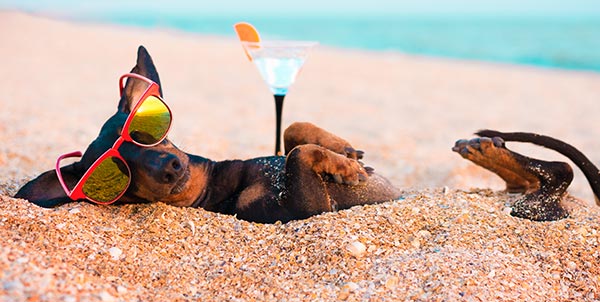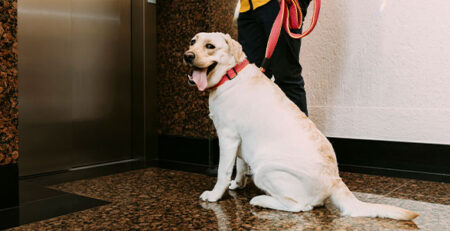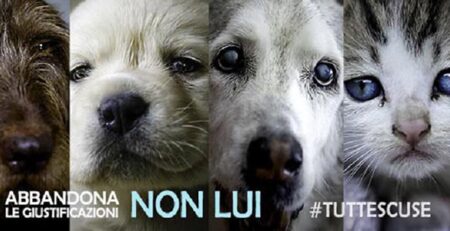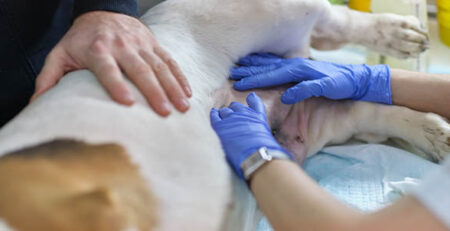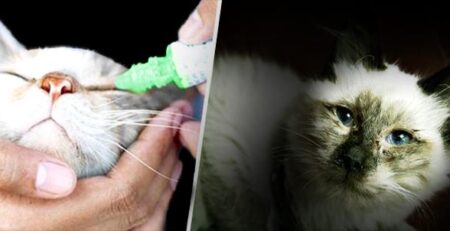Table of Contents
At the beach with your dog: for your “first time” at the beach here are all the useful precautions and necessary equipment.
Going to the beach with your dog is an enjoyable and fun experience only if you always pay the utmost attention to your dog’s well-being and abide by the rules set by the managers of the bathing facility.
Dogs that are microchipped and vaccinated are allowed to enter bathing establishments where there are Dog Beaches.
Therefore, it is essential that your dog is up to date with vaccine prophylaxis.
So, the health booklet must be shown at the entrance-don’t forget it at home.
And don’t forget your harness, leash and muzzle either-otherwise you may be denied access.
Sea and beach: does your dog seem a little lost?
The sea is a different place from its everyday environment so it is normal that your dog may initially feel a little uncomfortable.
Give your dog plenty of time to settle in and don’t rush it.
Take his favorite toys with you: they will serve to reassure him.
Most importantly, as soon as you arrive at the beach, fill the dog’s bowl with fresh water and keep it available at all times.
The
sea scares your dog?
If he hesitates, do not force him into the water.
The approach must be gradual and spontaneous, and if you insist you may create trauma for him.
Conversely, if he decides to dive, enter the water (initially very shallow) with him and never leave him alone.
All to the sea but with life jacket, including dog
For less experienced dogs, a good precaution is to have them wear life jackets.
By doing so, they will not take risks during water raids.
On the other hand, if the dog is a veteran swimmer, the life jacket is a valuable ally that will help him with buoyancy and make him less tired.
Either way, be careful of currents: if they are strong they could pull your dog away.
In such cases, never risk it: rather, no bath.
No bath even after eating
If you fed your dog gruel just before arriving at the beach, calculate the digestion time.
By diving into the water immediately after eating, the dog risks dangerous congestion.
The dog should not drink seawater at all
Ingestion of salt water causes vomiting and diarrhea.
If the dog swallowed seawater while swimming, have him drink plenty of fresh water so as to decrease the salt concentration in the body.
Even dogs can get sunburned: there are sunscreens specifically for them
Short or shorthaired dogs with light coats and pink skin are most prone to sunburn.
Use specific sunscreen on the hairless areas: nose, mouth, abdomen, tip of ears and base of tail.
Dogs’ plantar pads are also very sensitive to heat: sand and rocks “scald” them to the point of burning.
Apply a special ointment to the fingertips to protect them and prevent them from drying out.
Ask your trusted veterinarian to direct you to the most suitable product.
Also, always avoid the central hours i.e., the hottest hours, if you do not want to run the risk of your dog suffering from heat stroke or sunstroke.
Thoroughly remove sea saltiness
In fact, saltiness i.e., the salt elements in seawater, causes dermatitis and dryness of the hair.
That’s why it’s good for you to rinse your dog with fresh (and never ice-cold) water after every dip in the sea.
In this way you will remove all salt residue.
Complete the treatment by using a soothing and moisturizing pet-specific shampoo.
And also remove the sand
When he gets out of the water or shower, wrap your dog in the towel and do not allow him to roll around everywhere, filling himself with sand.
This is because if sand gets into his ears, nose or eyes, it can cause him serious damage.
Also, by dint of rubbing to remove them, the dog may scratch itself.
To remove sand grains from the muzzle, use moistened wipes specifically for dogs.
The “inhabitants of the sea” and the pitfalls in the water
If you are in a rocky area, always be ready to help your dog when he comes out of the water.
Resurfacing, she might slip and injure herself due to rock spikes or balani (also called “dog’s teeth”), crustaceans with bodies protected by limestone plates that live in colonies, attached to sea rocks.
Accidental contact with balani causes sharp cuts that are difficult to heal.
Also watch out for hedgehogs.
The dog, while swimming, may brush against them, and their sharp spines may stick into the interdigital pads.
Should your dog unfortunately injure himself, remove any debris from the laceration and carefully disinfect the affected area.
It is recommended that you have your first aid kit available in case your dog needs it
The kit consists of:
- disinfectant
- patch
- tweezers
- blunt-tipped scissors
- sterile gauze
- elastic bandage saline solution
And again, in case of need and urgency, keep the phone and contact information of area Veterinarians, Outpatient Clinics and H24 Clinics handy.
If you have any doubts or concerns, for checkups and more, remember that the staff doctors at La Veterinaria Clinic are always available even in August.
La Veterinaria Clinic is always open h24 every day including holidays and with First Aid service from 8 pm to 8 am.
For the joy of seeing them HAPPY.

